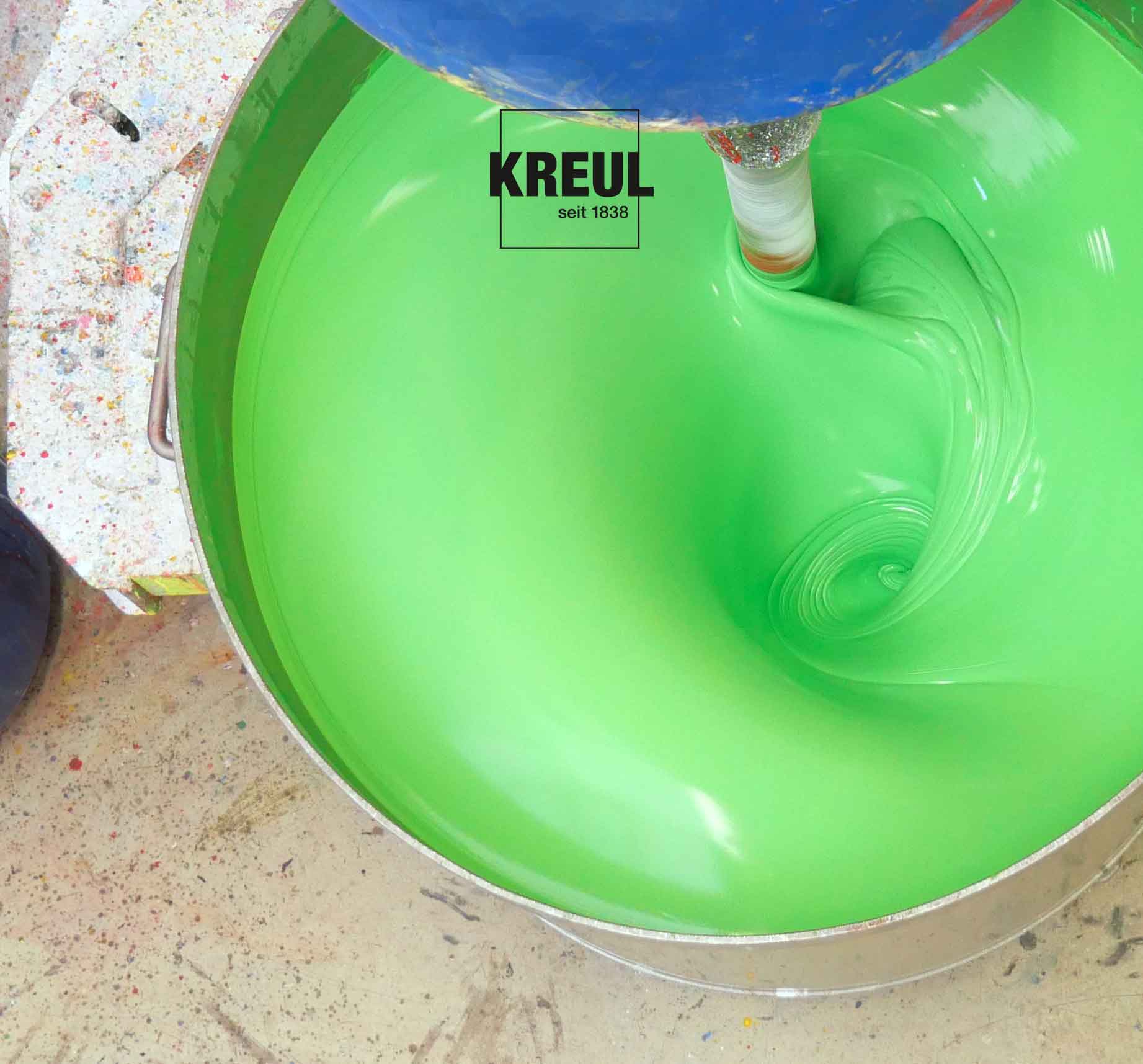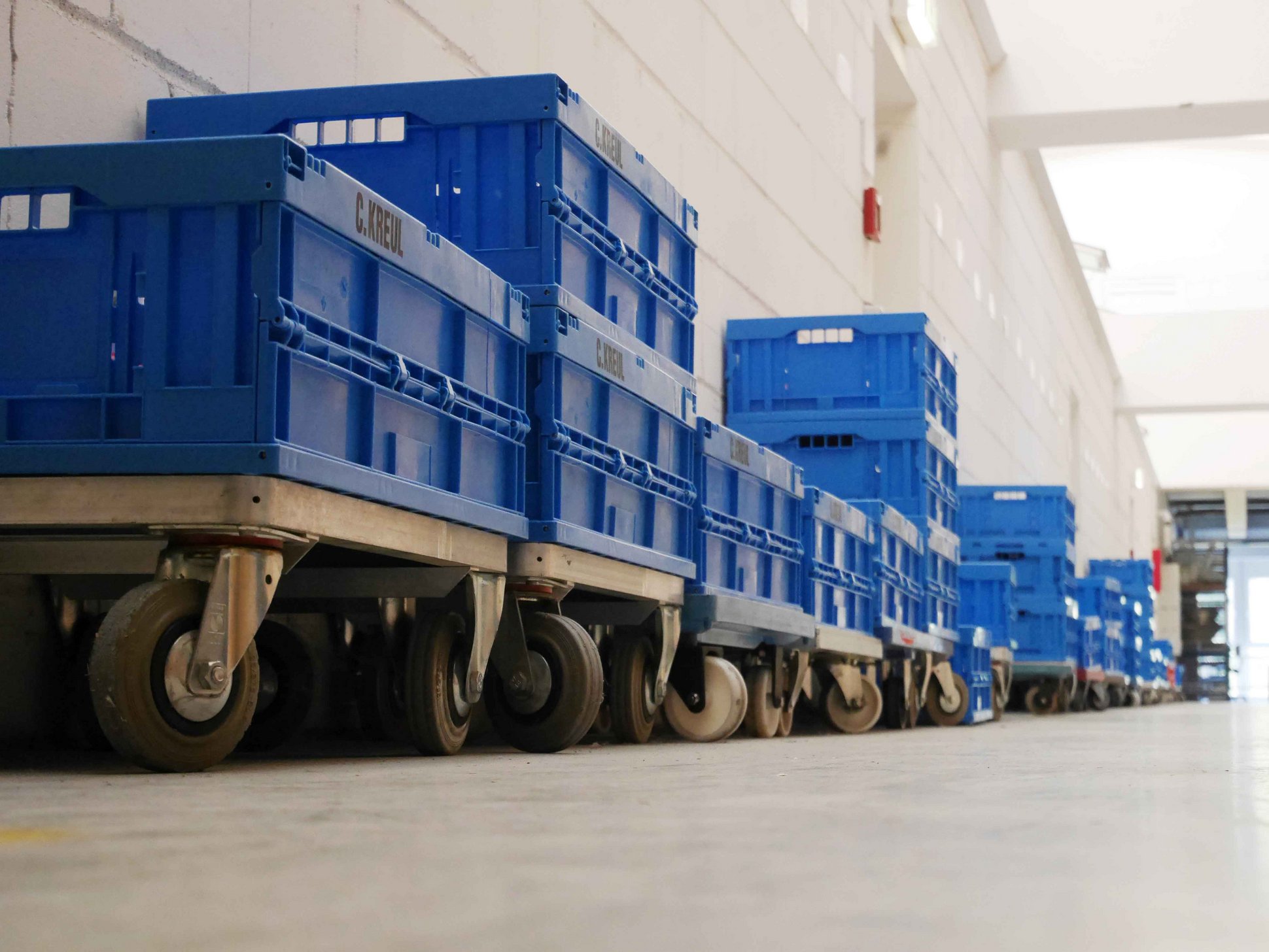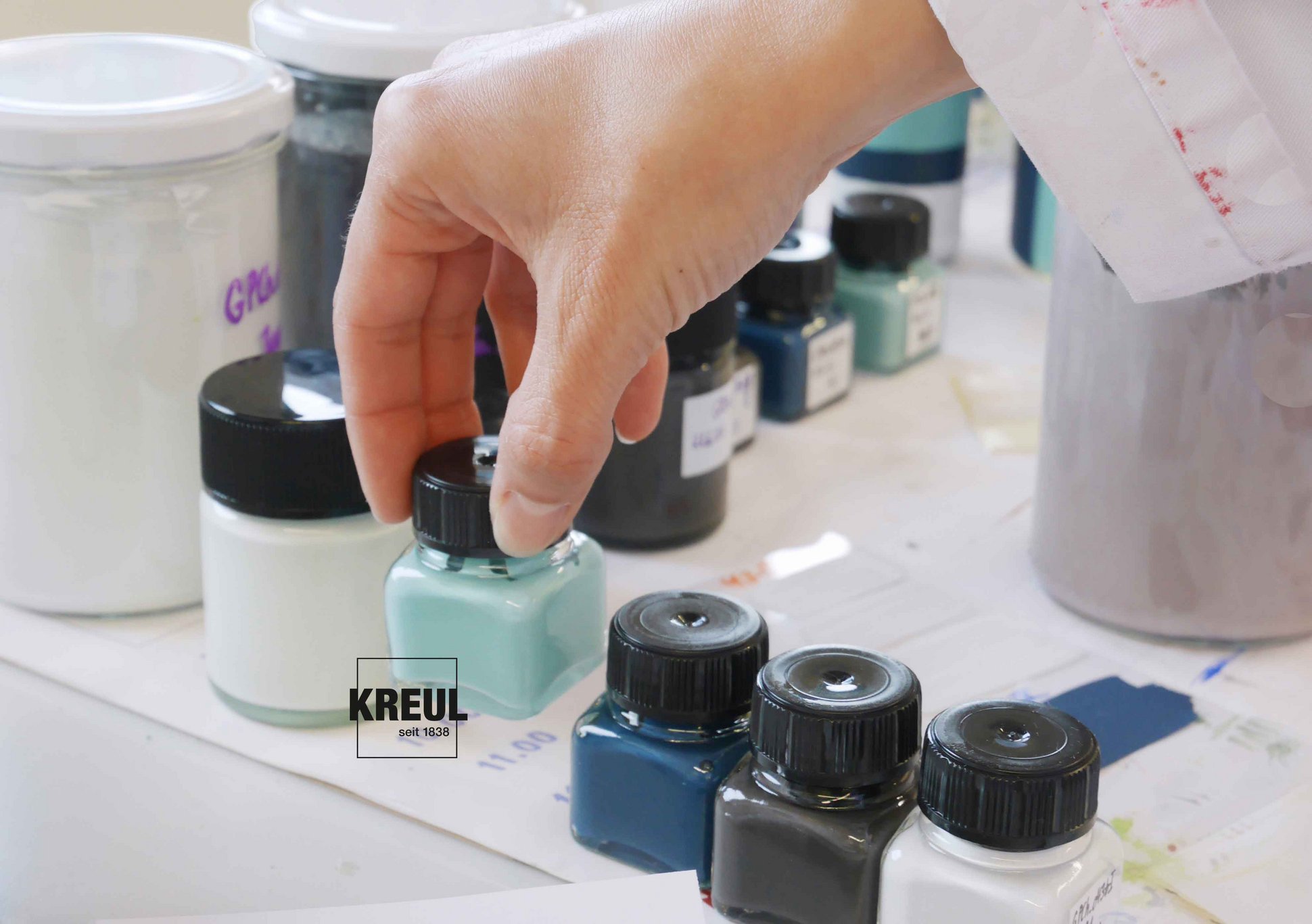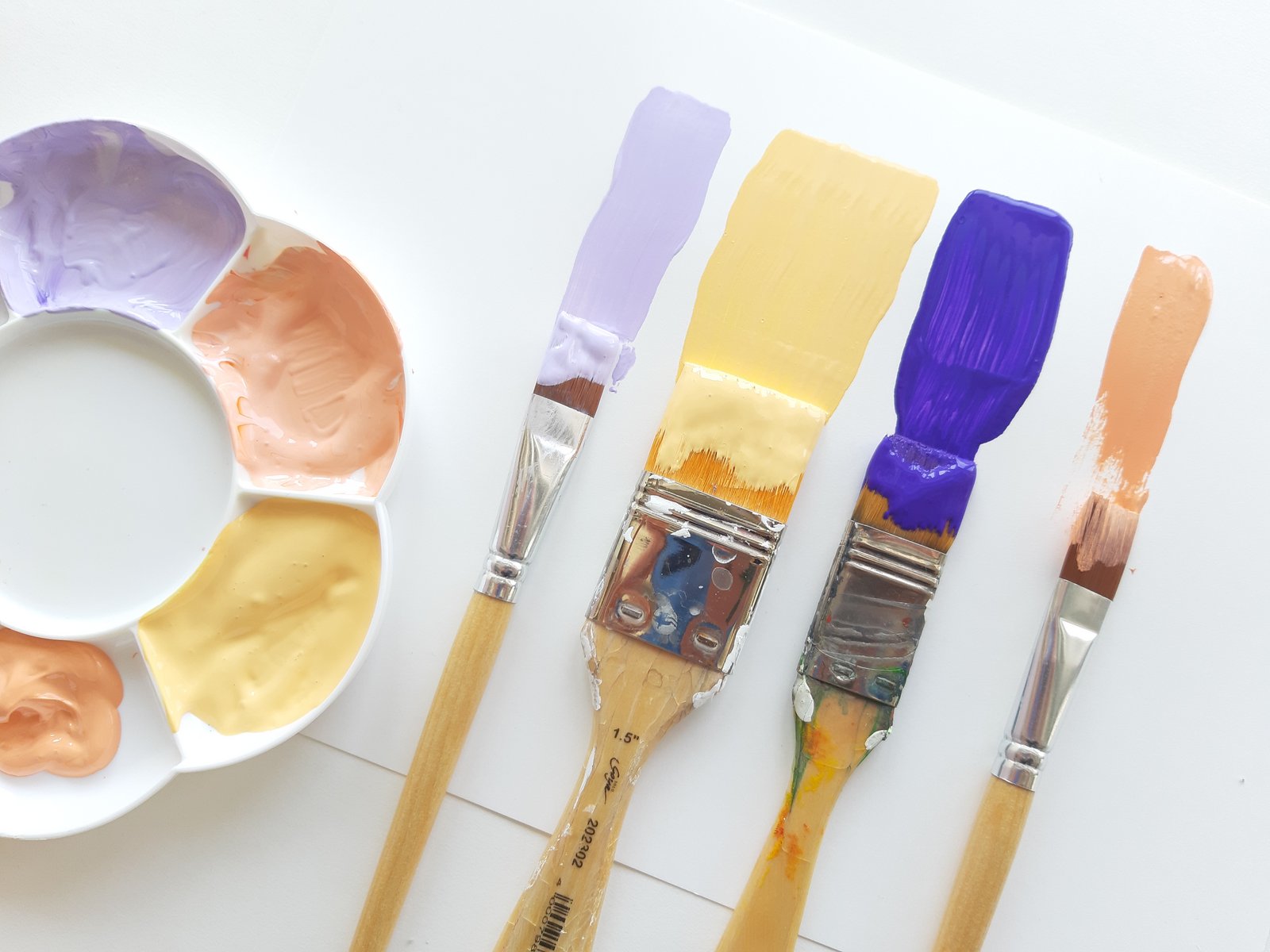The little plant stands for a sustainable recipe
07/19/2021 |
Sustainable recipes are based on raw materials that conserve resources. Here, our standards are high. We make sure that all components of renewable raw materials come from responsible sources. For example, we have equipped the KREUL Nature with a maximum of such ingredients. It contains 84% sustainable raw materials that come from the nature. As far as possible from regional sources where responsible farming is practised. Other paints use ethanol as a raw material. We have replaced it with bioethanol. It comes from German rye cultivation, which cannot be used for food production. In this way, even agricultural waste products can be reused through new formulas for paint production.

A better energy balance contributes significantly to the sustainability of a raw material. For our resource-saving formulas, we replace raw materials that require a lot of energy for their production. We have already done this with titanium dioxide. This enabled us to find an alternative for this raw material that is much more energy efficient.

When we select new raw materials, short transport routes are important to us. Perfect if components of a paint come from Germany. But it is not always easy to find an ingredient that meets our quality requirements and at the same time has a short transport route. Some raw materials are indispensable but have a long way to go. Others, however, we can replace with raw materials from Europe or Germany. With the KREUL Nature, for example, we use a binder from the Netherlands instead of India.

With the KREUL Triton Acrylic Marker Natural Pigments and the KREUL Triton Acrylic Ink Natural Pigments, we offer an alternative to classic colour tones. We have developed two colour shades that focus on natural origins. Can natural pigments be luminous? Yes! Here we use alternative pigments that come directly from nature. The radiant shade curcuma is produced from the dye from the turmeric root (curcuma longa root extract). Turmeric is a renewable raw material and is used in the cosmetics industry, among others. We create the slightly metallic shimmering shade graphite by adding graphite, a mineral from the element carbon. The manufacturer pays attention to sustainable extraction.

Even small changes can bring about great things. The icon of the little plant also stands for this. Because what is a seedling today can soon be a magnificent plant. A more sustainable recipe is the beginning of our concept for a better future. We are planning to change much more. We will therefore report on how the use of recycled materials in containers and packaging, the refillability of products, the pursuit of CO2 neutrality, fair working conditions as well as social and ecological commitment will make the future better.


